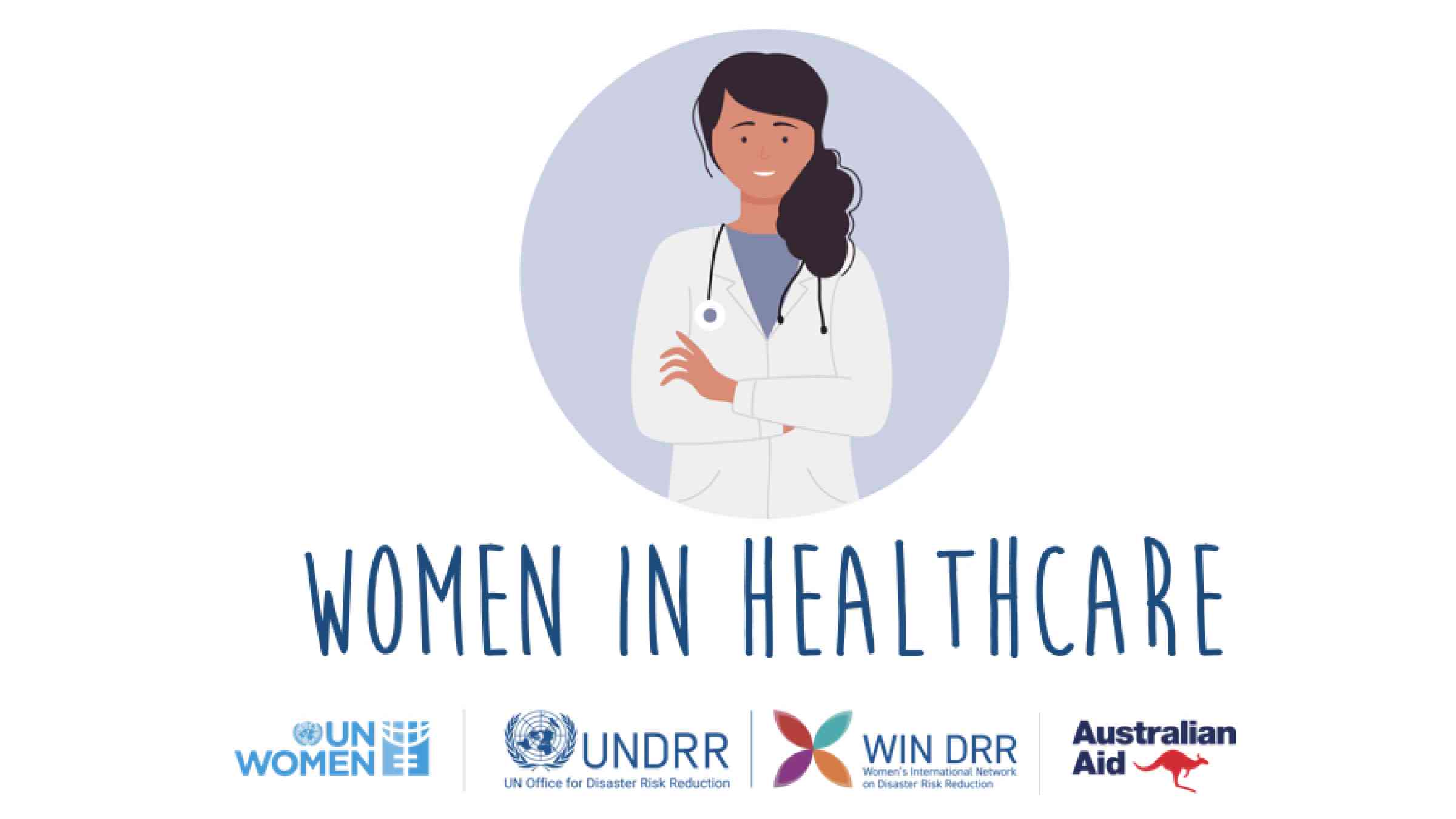Healthcare RCM: Optimize Earnings Cycle Management for Better Outcomes
Healthcare RCM: Optimize Earnings Cycle Management for Better Outcomes
Blog Article
A Comprehensive Guide on How Health Care RCM Works to Enhance Payment and Collections
Navigating the complexities of medical care income cycle monitoring (RCM) is essential for service providers intending to enhance their payment and collections procedures. The guide unpacks the ins and outs of RCM, from individual registration to balance dues administration, providing understandings right into optimizing each step. Integrating innovative innovation and standard procedures can dramatically decrease case denials and increase repayment cycles. Yet, the real obstacle hinges on effortlessly merging these elements to increase cash money flow. As we check out the core elements and techniques that drive effectiveness, one question continues to be: exactly how can healthcare entities finest placement themselves to thrive monetarily in an ever-evolving industry?
Understanding Earnings Cycle Monitoring
RCM is a vital management feature that encompasses the entire monetary process of individual treatment, from the preliminary visit establishing to the final payment of the equilibrium. It is a complicated procedure developed to identify, accumulate, and take care of the income from the solutions provided to patients.
The RCM process begins when an individual schedules a visit and expands via the client's treatment trip, consisting of payment and collections. A vital purpose is to lower the time between receiving and supplying a solution settlement, hence enhancing the organization's financial health. RCM includes different features such as client enrollment, insurance confirmation, charge capture, coding, asserts entry, repayment uploading, and dealing with charms and rejections.
Key Components of RCM
In the world of Revenue Cycle Administration (RCM), comprehending its crucial components is essential to achieving economic performance within healthcare companies. RCM is an extensive procedure that incorporates various stages, each essential to ensuring effective invoicing and collections. The key components consist of patient registration, insurance coverage confirmation, charge capture, coding, insurance claim entry, payment publishing, and receivable management.


As soon as coded, claims are sent to payers, where precision is paramount to prevent beings rejected or delays - Healthcare RCM. Repayment posting includes tape-recording the obtained repayments, which enables the reconciliation of accounts. Last but not least, balance dues administration concentrates on tracking and resolving overdue insurance claims, guaranteeing timely follow-up and resolution
Each component of RCM is adjoined, and ineffectiveness in any kind of part can interfere with the whole cycle. For that reason, mastering these aspects is vital for doctor to maximize earnings and improve their economic wellness.
Techniques for Efficient Payment

Standardizing payment procedures throughout the company is an additional vital approach. Developing clear standards for documents, coding, and entry assists keep consistency and conformity with regulatory demands. Training staff regularly on these treatments guarantees everybody is current with the newest adjustments in invoicing codes and payer plans.
Precise cost capture is important in protecting against earnings leak. Implementing regular audits and surveillance systems enables the identification and correction of disparities before they influence revenue. Additionally, preserving open lines of interaction with payers aids to rapidly settle any disputes or misconceptions that may develop.

Finally, engaging individuals early in the billing process by offering clear price quotes and educational materials concerning their monetary responsibilities can significantly decrease complication and boost repayment timeliness. These strategies jointly add to a much more monetarily healthy and balanced and effective billing system.
Enhancing Collections Procedures
A robust collections process is important for preserving financial stability within health care organizations. Given the complexities of medical billing and the variety of payer requirements, enhancing the collections procedure includes applying tactical measures that make sure exact and timely repayment of services provided. his response Central to this is making use of innovation to automate and improve procedures, reducing hand-operated mistakes and boosting efficiency. Automation tools can aid in tracking insurance claim standings, sending prompt reminders to clients, and handling denials extra successfully.
Training team to understand the subtleties of insurance coverage and billing codes is just as necessary. This knowledge encourages them to attend to payment inconsistencies quickly and communicate properly with patients concerning their economic obligations. Additionally, clear and clear patient communications are important. Supplying detailed descriptions of fees and offering versatile layaway plan can raise person complete satisfaction and timely settlements.
Routine audits of the collections process need to be conducted to identify locations for improvement and make sure conformity with laws. By assessing data, medical care companies can recognize trends, expect prospective concerns, and adjust approaches appropriately (Healthcare RCM). Eventually, a well-enhanced collections procedure not only sustains economic health and wellness but also contributes to a much more seamless experience for patients and team alike
Optimizing Income Streams
Structure upon the foundation of a strong collections procedure, medical care organizations can better strengthen their monetary security by strategically maximizing revenue streams. This includes a multi-faceted approach, starting with a thorough evaluation of existing profits sources to recognize inadequacies and locations for development. Employing sophisticated information analytics tools allows companies to get understandings into payer mix, person demographics, and solution utilization patterns, allowing for data-driven decisions that enhance revenue capture.
Carrying out automated payment systems can dramatically decrease mistakes and speed up claims refining, making sure that revenue is collected a lot more effectively. Moreover, maximizing payer contracts via regular settlements can boost reimbursement rates and terms, straight influencing the bottom line. Expanding service offerings, such as incorporating telehealth or health care, can also draw in a wider individual base, thus increasing earnings potential.
An additional crucial part is enhancing client engagement and fulfillment, as satisfied individuals are more probable to stick to therapy strategies and make timely payments. Offering versatile payment choices and clear billing methods can boost collections and foster client commitment. Healthcare RCM. By embracing these methods, health care companies can develop a much more durable economic framework, ensuring continual development and stability in an ever-changing industry landscape
Conclusion
Finally, health care Revenue Cycle Administration (RCM) plays a crucial duty in maximizing invoicing and collections procedures by incorporating key parts such as client enrollment, insurance coverage verification, cost capture, coding, declares entry, and accounts receivable administration. By utilizing sophisticated modern technology, standardizing treatments, and cultivating person engagement, healthcare carriers can significantly lower insurance claim rejections, speed up payment cycles, and enhance capital. This comprehensive method to RCM ultimately leads to boosted monetary performance and sustainability for medical care organizations.
The RCM procedure begins when a patient timetables a consultation and expands via the client's treatment journey, including billing and collections.An additional critical component why not try here is improving person interaction and fulfillment, as satisfied people are a lot more most likely to adhere to therapy plans and make prompt repayments. Offering flexible payment choices and transparent invoicing methods can improve collections and foster individual loyalty.In conclusion, health care Earnings Cycle Administration (RCM) plays an important function in optimizing billing and collections processes by integrating key components read this post here such as person registration, insurance confirmation, cost capture, coding, declares submission, and accounts receivable monitoring. By using innovative technology, systematizing procedures, and cultivating person involvement, health care service providers can substantially reduce insurance claim denials, increase repayment cycles, and boost cash money flow.
Report this page